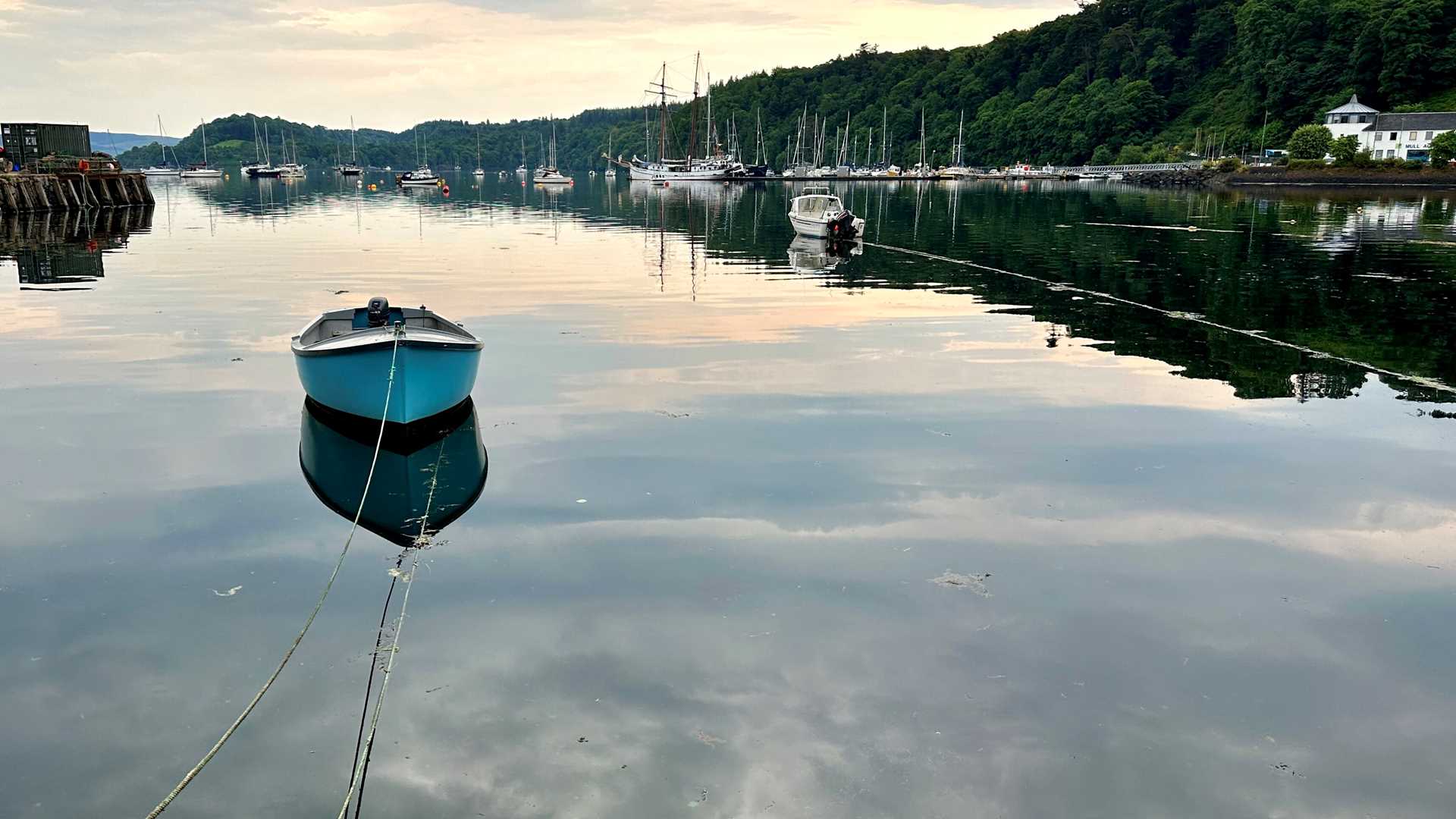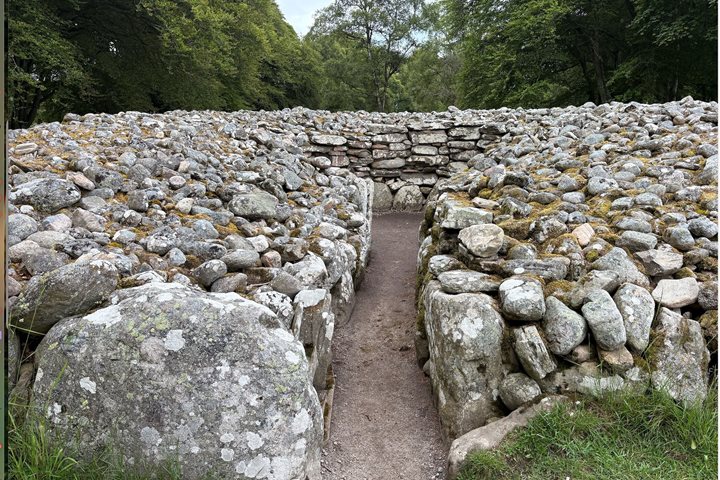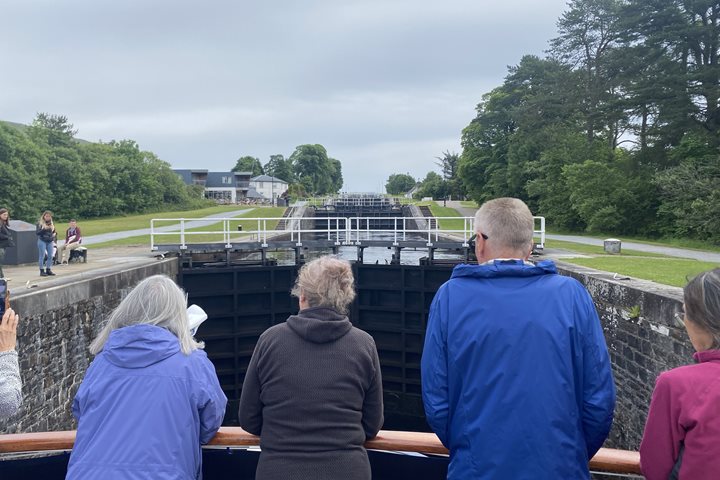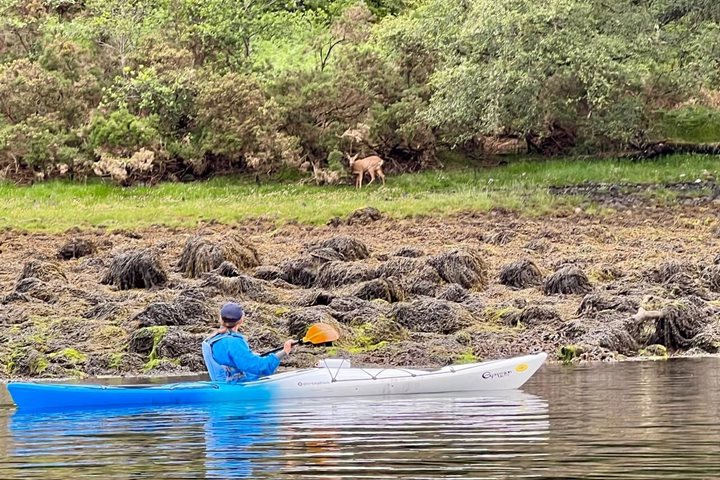We woke up this morning in the picturesque village of Tobermory. We started the day with a pre-breakfast photo walk, leaving the Lord of the Glens at six o’clock in the morning. On our way, we were welcomed by the only local up at that time, Toby, the famous orange cat of Tobermory. A children’s book is based on this 15-year-old friendly creature. He made sure to say hello to each of our guests. We then took off to tell the story of Tobermory with our cameras. After breakfast, we met with Seamus, a local geologist. He took us on a great hike along the coast to learn how to see this volcanic landscape through a different lens. Right after the hike, we walked back into Tobermory and straight to the distillery. Here, we toured the facilities to learn how one of the best whiskeys in Scotland is made at the only distillery on the island of Mull. We made our way back to the Lord of the Glens for lunch and continued our journey to the island of Eigg. This tiny, community-owned island offered us a lovely hike along the coast. We accomplished so much in just one day here in the islands of Scotland.
6/15/2025
Read
Lord of the Glens
Loch Ness, Culloden and Clava Cairns
Today we entered the famous Loch Ness, home of Nessie! We then visited the hallowed Scots battle ground of Culloden. On April 16, 1746, Bonnie Prince Charlie and his highland troops fought a courageous but doomed battle against the well-armed troops under the Duke of Cumberland, the son of King George II. Fifteen thousand highlanders were killed, while the English lost 300. Culloden Moor was soddened from a recent rain, which greatly impeded the highland troops and their traditional form of warfare. Additionally, they were massively outgunned by the English artillery. Bonnie Prince Charlie managed to escape despite a £30,000 bounty on his head, and he returned to France. This ended the Jacobite efforts to return the throne to the rightful Stuart heirs. The Culloden Museum was excellent and provided an overview of the tragic event that took place there. We next visited the Bronze age site of Clava Cairns. There circular stone grave sites, passage graves, and standing stone aligned to the solstice are 4,500 years-old and part of the megalithic culture from Malta to Shetland. They have been used by the local population for ritual purposes and infrequent burials until 700 CE.







